Pumpkin Pruning: [Dates and Ways to Do It]
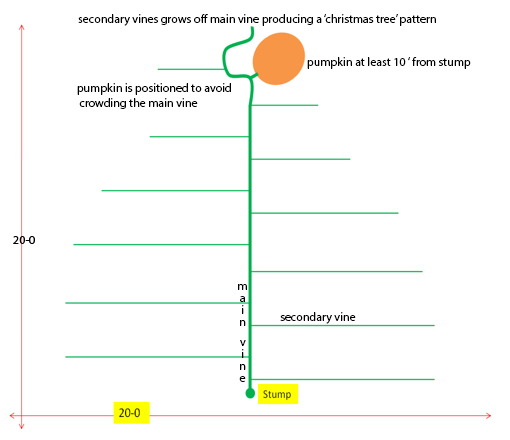
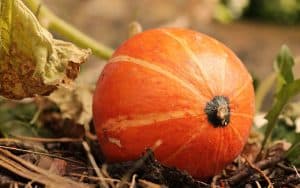 One of the main characteristics of the pumpkin is that it expands without control, so pruning them correctly is very important.
One of the main characteristics of the pumpkin is that it expands without control, so pruning them correctly is very important.
Pruning helps the pumpkin gain strength and thus be healthier.
To carry out this work, the plant must be in its growth stage and, in order to ensure that it is not damaged, some instructions must be followed.
Let’s see what they are.
Why prune pumpkin?
 The main reason for pruning the Pumpkin is to keep it in a certain space and to strengthen it.
The main reason for pruning the Pumpkin is to keep it in a certain space and to strengthen it.
This also helps to visualize it much more leafy and be able to generate better fruits.
In addition, it must be considered that in most cases it grows without control, so it could leave an entire space of land well covered.
For a person who wants to have some other crops in his garden, this feature is not a positive thing.
When should pumpkin pruning be done?
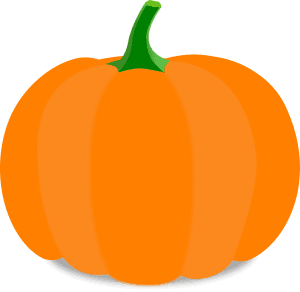 Pumpkin pruning should be done when it is in full growth.
Pumpkin pruning should be done when it is in full growth.
In fact, the pruning may not necessarily be a single time, but several times, depending on what is observed.
The most flattering is to make the cut in the shoots that are already showing some growing fruits. In this way, the work that the plant must do to grow will be reduced and the energy will be concentrated on producing better fruits.
What tools do we need?
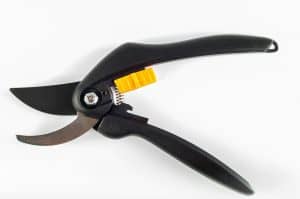 The most common way to prune pumpkins and any other plant is with the use of garden shears.
The most common way to prune pumpkins and any other plant is with the use of garden shears.
These scissors should have gone through a disinfection process after any work has been done on them.
This action prevents diseases from being transmitted from one plant to another through the wounds generated by pruning.
A special knife for this job could also work and, of course, it will also need to be well disinfected.
Disinfection can be done with heat, burning the leaves that will come into contact with the plant.
Depending on the thickness of the buds, in some cases you won’t need tools, but rather can be separated with your fingers.
In these cases, it must be done carefully so as not to pull the bud with excessive force and break it at some other unplanned point.
How to do it correctly?
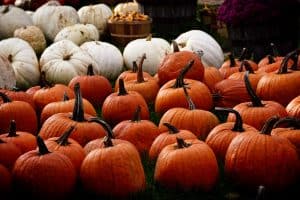 The correct way to prune a pumpkin will depend largely on the results you want to obtain for the harvest.
The correct way to prune a pumpkin will depend largely on the results you want to obtain for the harvest.
cut shoots
A first way is to cut the shoots when they have the desired number of small pumpkins, for example two or three.
This action ensures that the plant develops normally and, in turn, that the fruits obtained have a good size.
Prune new shoots and keep the ones at the base
Another way is to prune the plant as new shoots grow, keeping the ones closest to the base of the plant.
This significantly reduces the amount of fruit obtained but it helps that the ones that remain are much larger.
On some occasions, this system is used to have large pumpkins on particular dates such as Halloween.
Remove male flowers
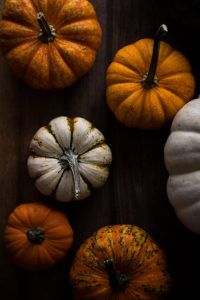 The third procedure that can be performed is to remove the male flowers from the plant.
The third procedure that can be performed is to remove the male flowers from the plant.
To better understand this action, it is worth knowing that the pumpkin plant has male and female flowers.
The female ones are the ones that produce the pumpkins and within their structure there is a tiny pumpkin. From now on, the big fruits that we will consume will come out.
Now, what the male flowers are responsible for is the pollination of the female flowers, so they are also important.
However, to prevent the plant from overgrowing these can be removed, leaving at least one male flower per bud. This male flower will carry out the pollination function of the remaining female ones.
Although they are different processes, it is best to take only one at the time of pruning. In this way we will avoid damaging the plant excessively.
This is due to the fact that every time a plant is pruned green, there are open wounds through which some bacteria or fungus could enter.
And, really, what we want is for the pumpkin to be healthy.
In addition to all of the above, it will be very important that the pumpkin has good care in terms of nutrients and fertilization and thus can withstand the pruning processes.
Pumpkins are one of the easiest plants to harvest as they are undemanding in terms of climate and soil characteristics.
But it should not be forgotten that it is an invasive plant and that if it is not given proper attention it could take over any space.
This, without considering that it would give many fruits of reduced sizes.

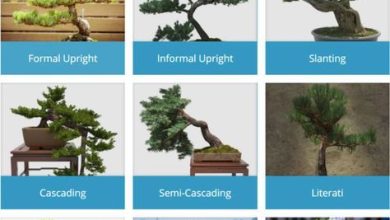


![Photo of Cascarudito Drill: [Characteristics, Detection, Effects and Treatment]](https://www.complete-gardening.com/wp-content/uploads/2022/08/cascarudito-drill-characteristics-detection-effects-and-treatment-390x220.png)